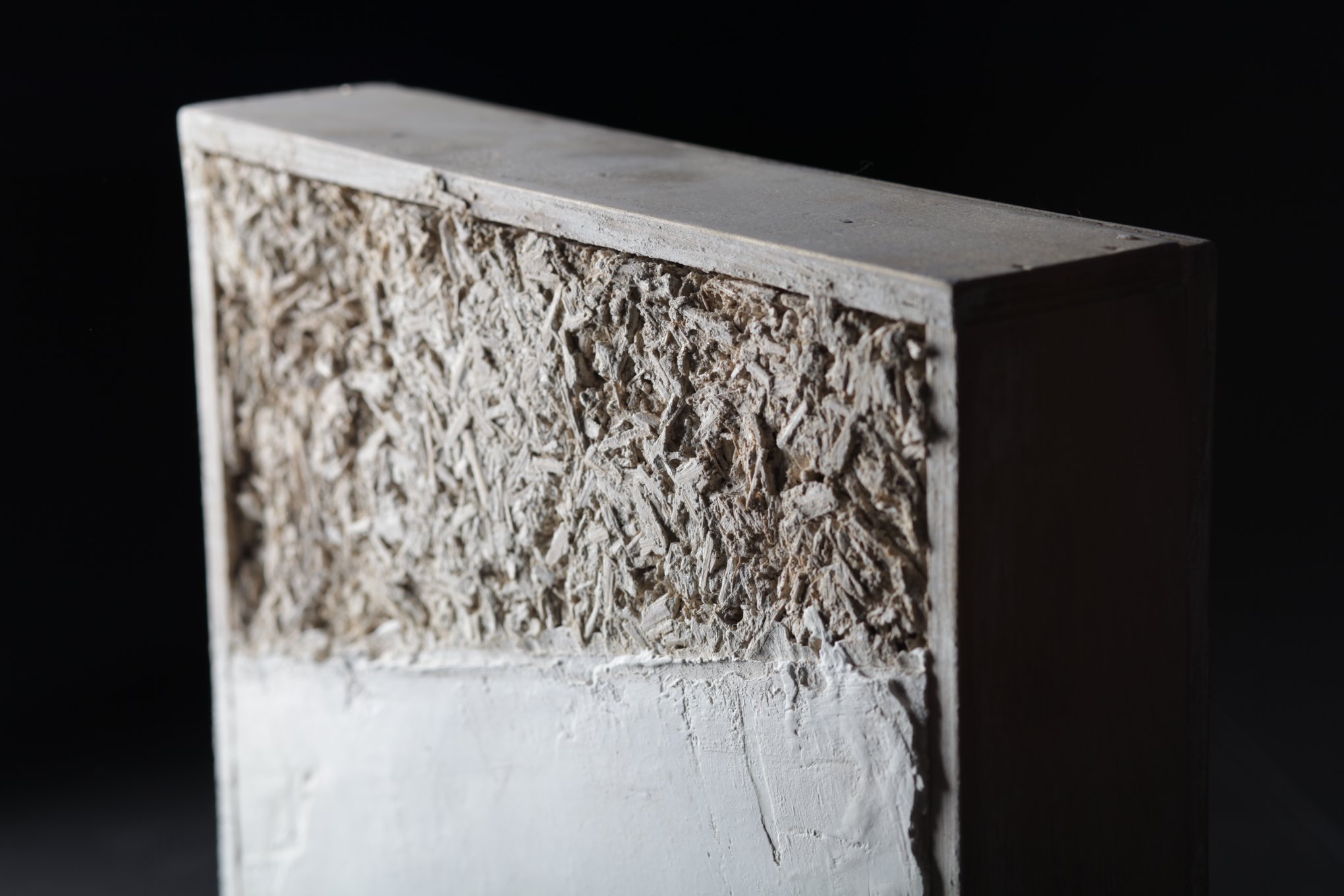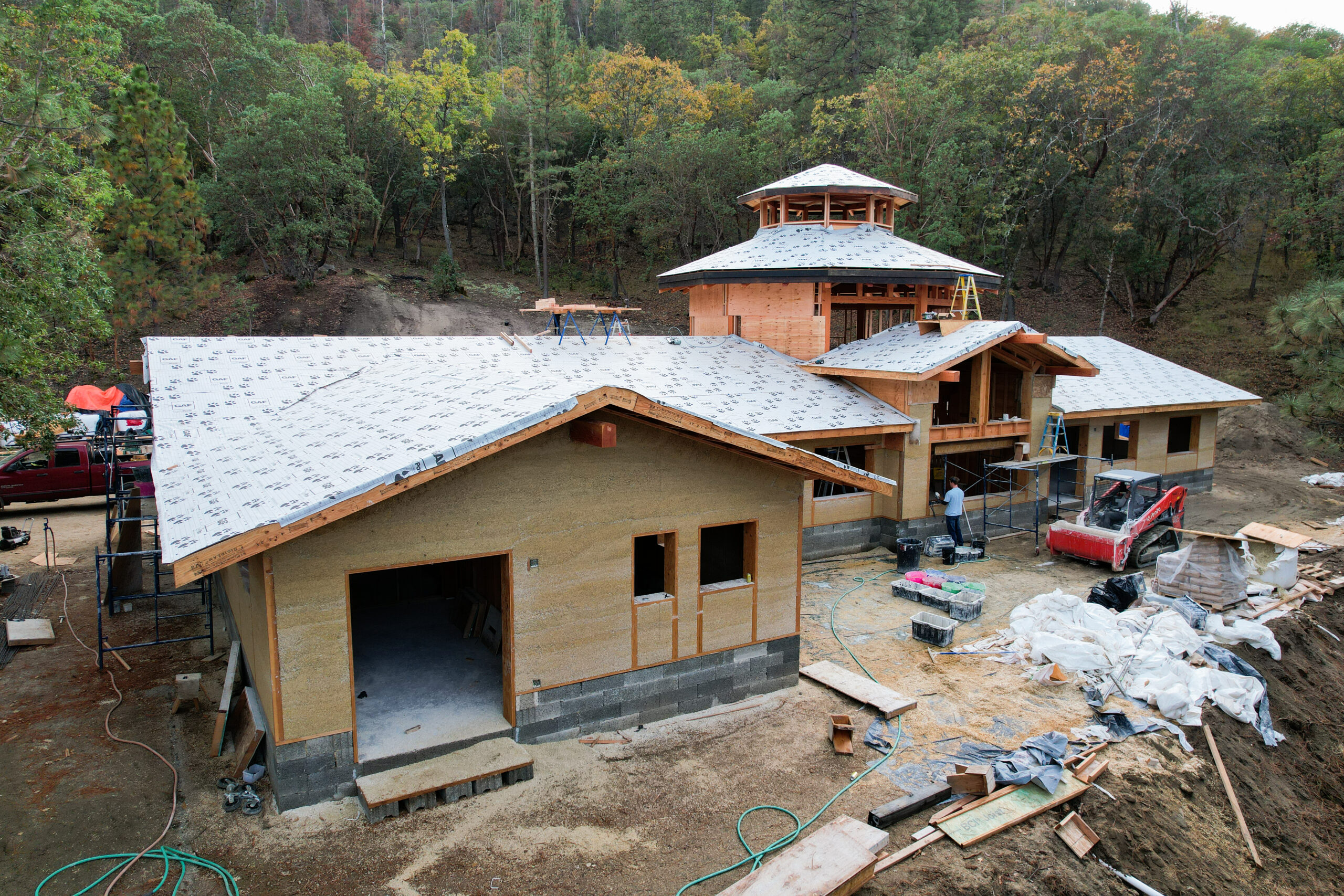by Robin Rogers, Solaripedia.com
Tani Creek Farm in the Pacific Northwest uses sunlight for more than just growing vegetables. In the misty hills of Bainbridge Island, across Puget Sound from Seattle, Washington, a 25-acre biodynamic farm uses solar power for all its agricultural needs such as irrigation, water movement (pumped from ponds to other uses) and food production, as well as for residential purposes. Jeff Collum of Sound Power, the electrical contractor who installed the 29-kilowatt system, explains that people are often shocked to hear that the Seattle area has 70 percent of the harvestable solar power of Los Angeles. Contrary to popular belief, solar power in the cloudy Pacific Northwest – where Bainbridge is located – is a viable energy alternative to fossil fuels. Only half joking, he says that in Germany they “hang PVs on everything in the sun that doesn’t move” and points out that Germany’s solar resource – except for a very small area – is inferior to the marine Pacific Northwest.
Sound Power’s solar journey at Tani Creek began with clients Helmut and Susan Sassenfeld and their adult children, who are all committed to environmentally-friendly, sustainable living. “We wanted to begin with a home and farm built with old-world materials – rock, slate, oak, and plaster – that would last centuries. We also used an ancient strategy for passive design: smart positioning of the house to avoid any need for air conditioning,” says Helmut. “At the same time, we’ve incorporated modern technology for heat storage and distribution.”
“The solar panels, combined with forest management, give us nearly complete energy independence.” Plus, as a bonus, he adds, “Our local electrical provider, Puget Sound Energy, and Solar Oregon provide cash rebates that exceed our winter bills.” The energy autonomy targets fit neatly with the Sassenfelds’ overall objectives for a sustainable agricultural enterprise. Helmut states, “Our goal as a farm is to, quite simply, provide our local community with the best tasting and most nutritious food, all grown organically and certified by the USDA.” And using clean energy sources is to electricity what organics is to agriculture.
In fact, Tani Creek Farm, under the guidance of Max Sassenfeld, employs Biodynamic principles as the basis of its organic production. Max explains, “Following the industrial revolution and the widespread use of synthetic chemical fertilizers, numerous farmers began to see their soil fertility and productivity decline. In the 1920s, many turned to Rudolph Steiner who helped them return to former successful farming practices and away from the “new” chemicals” by focusing more on self-sustaining, natural soil fertility. Steiner’s methods became known as Biodynamics. Max saw the benefits of this sustainable technique for agriculture and trained at the Rudolf Steiner School of Biodynamics under the tutelage of Harald Hoven, a renowned biodynamic farmer and lecturer. Bringing his increased knowledge back to Tani Creek, Max is now responsible for soil fertility, crop management, and annual vegetable production. He asserts that “these methods certainly work here as we have had off-the-scale productivity, year after year”.
And by utilizing solar power for electricity, the Sassenfelds’ come even closer to operating a completely self-sustaining farm. The grid-tied solar system at Tani Creek makes power instantaneously available to the entire property, where copper wires connect the solar panels’ power to the house on a hill above the vegetable beds and ponds. The owners installed the completely customized system in 2006, covering two outbuildings. One building houses equipment, the PV inverters and a small laboratory, with PV-covered outdoor space on the roof that overlooks the farm and a wooded area. The other building is an open structure near the big pond that provides cover for potting plants or a pleasant, shaded lunch break near the pond.
The building-integrated configuration on Tani Creek farm is unusual (for the US) in that the frameless modules are located where they are accessible – i.e. where people can touch them. Therefore, it was necessary to rewire them to remove the wires that form the connections between panels. Sound Power removed the existing MC cables and rewired all the J-boxes and connections between the modules with flexible, nonmetallic, non-conducting conduit and individual connectors. This satisfies code requirements that prohibit unprotected wiring, with the added benefit of providing a seamless, elegant appearance to the connected panels.
As the installer, Sound Power specializes in renewable energy solutions in Washington state and usually designs the whole system, which includes inverters, buses, wiring, system sizing, matching all components, characteristics of the modules, production metering, and disconnects.
On this project, Collum emphasizes that it “took a village” to bring it to fruition. He explains that on Tani Creek, the team effort included working with Steven Strong of Solar Design Associates out of Cambridge, MA, who designed the system and the aluminum glazing matrix. Collum calls Strong “the godfather of architecturally-integrated PV in the Western hemisphere” and he was honored to have worked with him.
Sound Power also collaborated with Northwest Solar Center, Dahl Glass and Gradwohl Construction, as well as with project architect Haig Townsend, formerly of Roger Katz Architects of Bainbridge Island, who provided the design for the structures that house the PVs.
As we walk beneath the panels with the owner and the architect, Collum shows off the details of this special system where the solar panels form translucent roofs. Collum points out that the collaboration between Townsend and Strong yields an undeniable design aesthetic, where the PVs are fully and completely integrated into the envelope of both buildings, and not mounted on top as a sort of afterthought.
Sound Power installed 90 RWE Schott 315-watt glass-on-glass translucent PV modules that were delivered frameless. The system also includes four 6-kW and two 2.5 kW SMA “Sunny Boy” grid-interactive inverters. Collum says a crucial step that was critical to success was that the contractor built a “true, strong and square” building – without which the proper panel installation would have been impossible. Another important step was coordination with Dahl glass in handling and installing the actual glazing.
Collum explains that because this project was built “new” it allowed the whole system to be designed from “ground zero” or “square one” for maximum efficiency. For Tani Creek, Collum believes the greatest argument for using a grid-tied system is the Mediterranean summers of the Pacific Northwest. He says, with the long, productive days, the PVs can capture all of the photons with only 30 percent less harvestable solar than Southern California. In this area, he sets the crystalline panels at an optimum angle of 30 degrees for a grid-tied system at due south. He generalizes that for every kW of rated power, you can assume approximately 1000 kW-hours per year harvested. In terms of the PV system, he says, “The devil is in the details. For example, we assembled the components with elegance and durability in mind, and ensured flawless integration of every little piece.” He adds that some components will have to be replaced by necessity – inverters have finite life spans, and crystalline panels last 20 to 25 years – and maybe up to 50 years.
This long-term approach to energy generation synchronized perfectly with Tani Creek’s owners, the Sassenfeld family, who are focused on creating a sustainable home and farm as well as providing locally-grown produce to the families on Bainbridge Island, creating a One-Hundred-Year farm and home, choosing materials and systems that have greater durability than conventional ones.
They attempt to integrate renewable energy into other areas of their lives, too; for example, they maintain a managed 20-acre woodlot that provides renewable fuel for a back-up, high-efficiency wood furnace to heat their home with a radiant floor system. Also, the rainwater that falls on the house with a slate roof is diverted to ponds that are then used for irrigation. Their commitment extends to the community where they have opened the property for public tours during the annual National Solar Tour (2 October 2010) so that others can see how renewable energy can be integrated into a farm and home. Collum emphasizes that Sound Power was “incredibly lucky to be blessed with clients as brave, trusting and demanding as the Sassenfelds.”
Using a custom-made, non-polluting, renewable energy source fits appropriately into an agricultural enterprise whose mission is to ensure health and vitality in perpetuity on this small island farm along the shores of Puget Sound.


